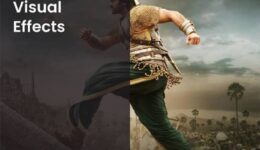Blue Screen vs. Green Screen: Which Should You Use?
Blue Screen vs. Green Screen When it comes to creating […]

Blue Screen vs. Green Screen When it comes to creating […]

To become a VFX artist after 12th, here are the […]

Visual Effects is a technique that has totally revolutionized the […]

Animation industry in India is expected to reach INR 82.9 […]